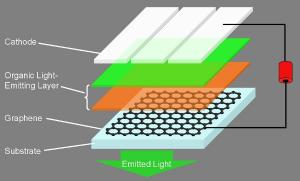A CNT based solution can increase graphene electrodes charging capacity
Researchers from Stanford discovered that dipping super capacitor electrodes in a carbon nanotube solution can increase the charging capacity by up to 45%. The electrodes were made by a composite graphene and manganese oxide, and it turns out that the thin coating of more conductive material greatly boosted the capacitance of the electrodes.




